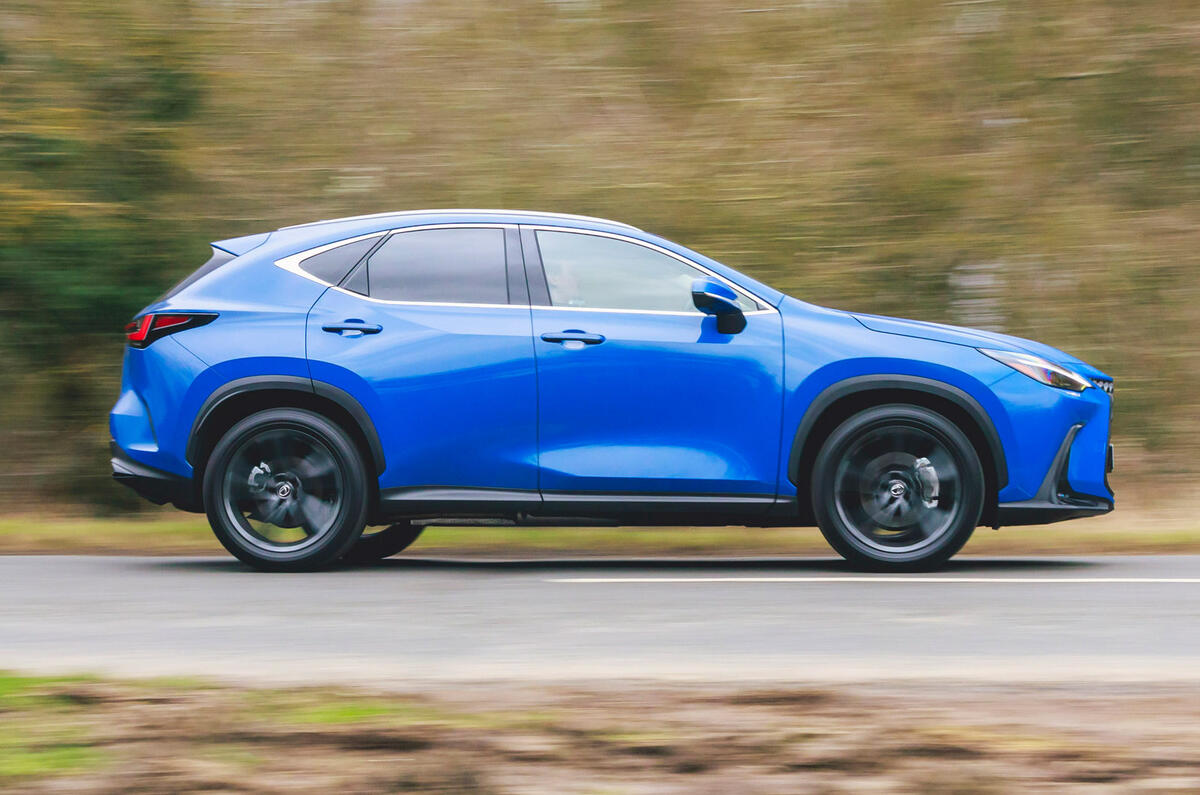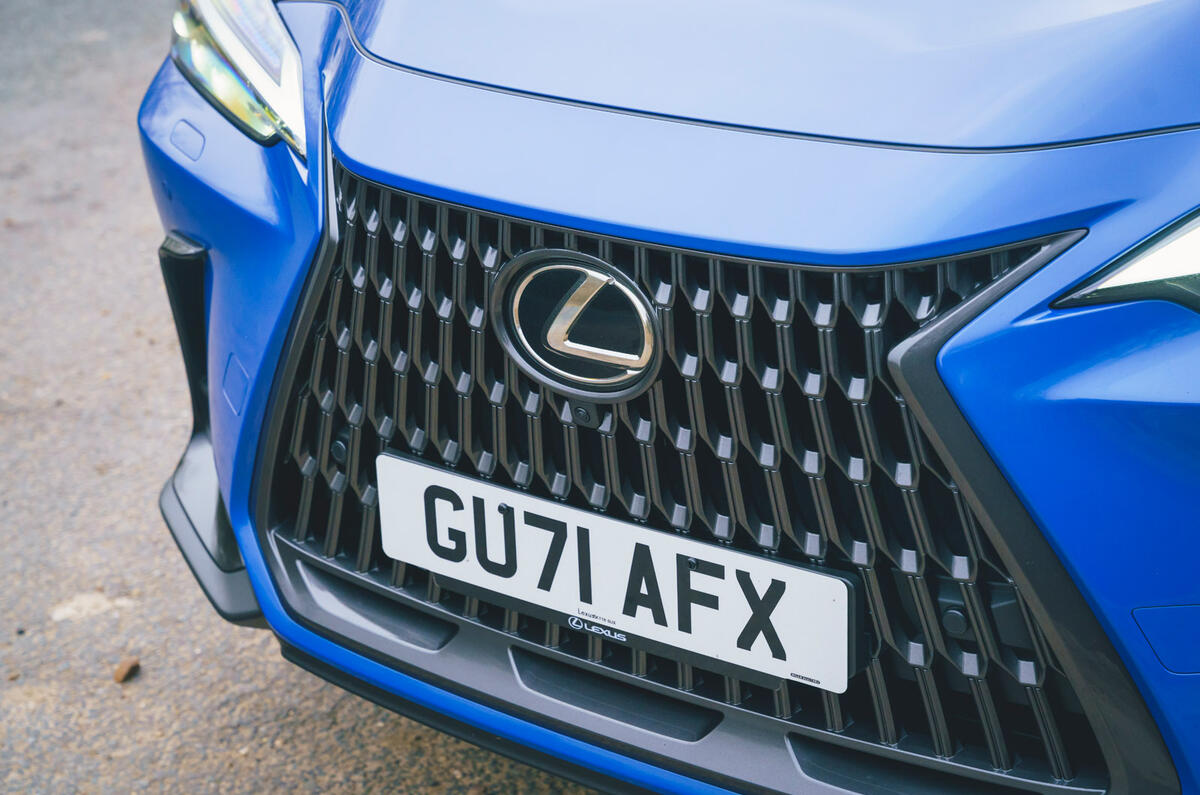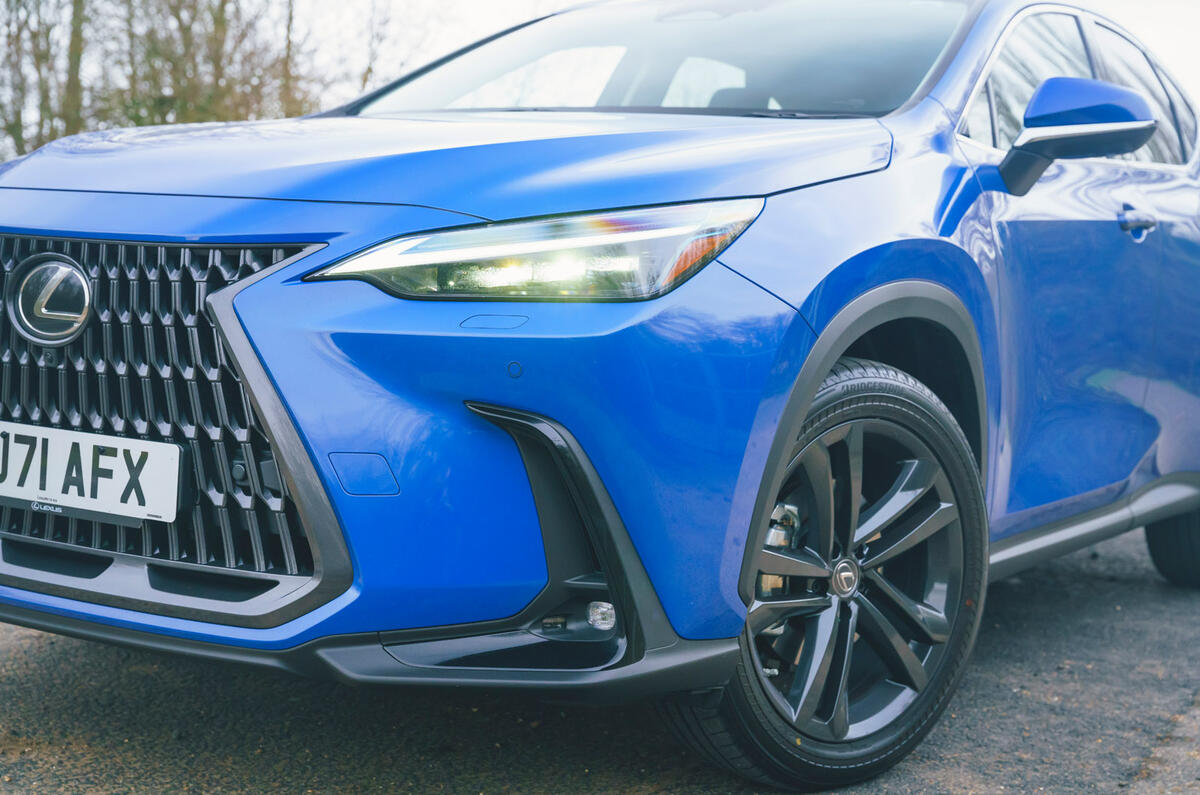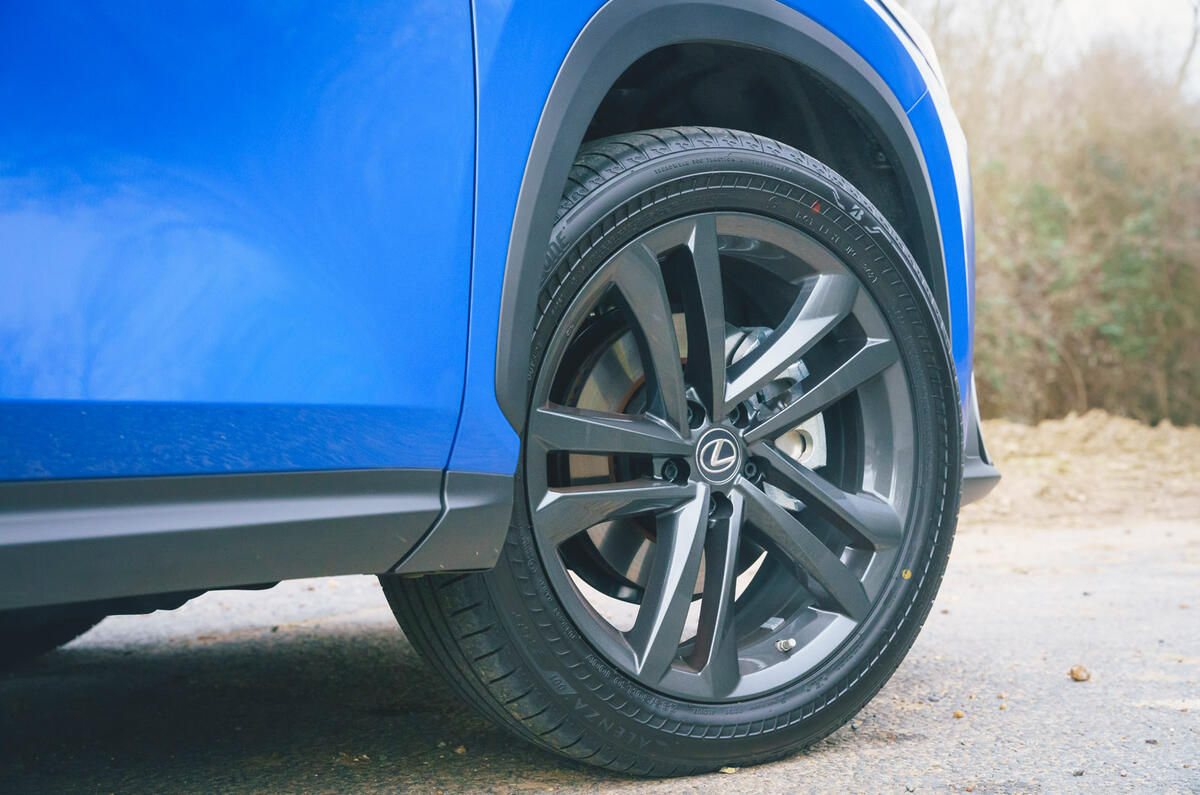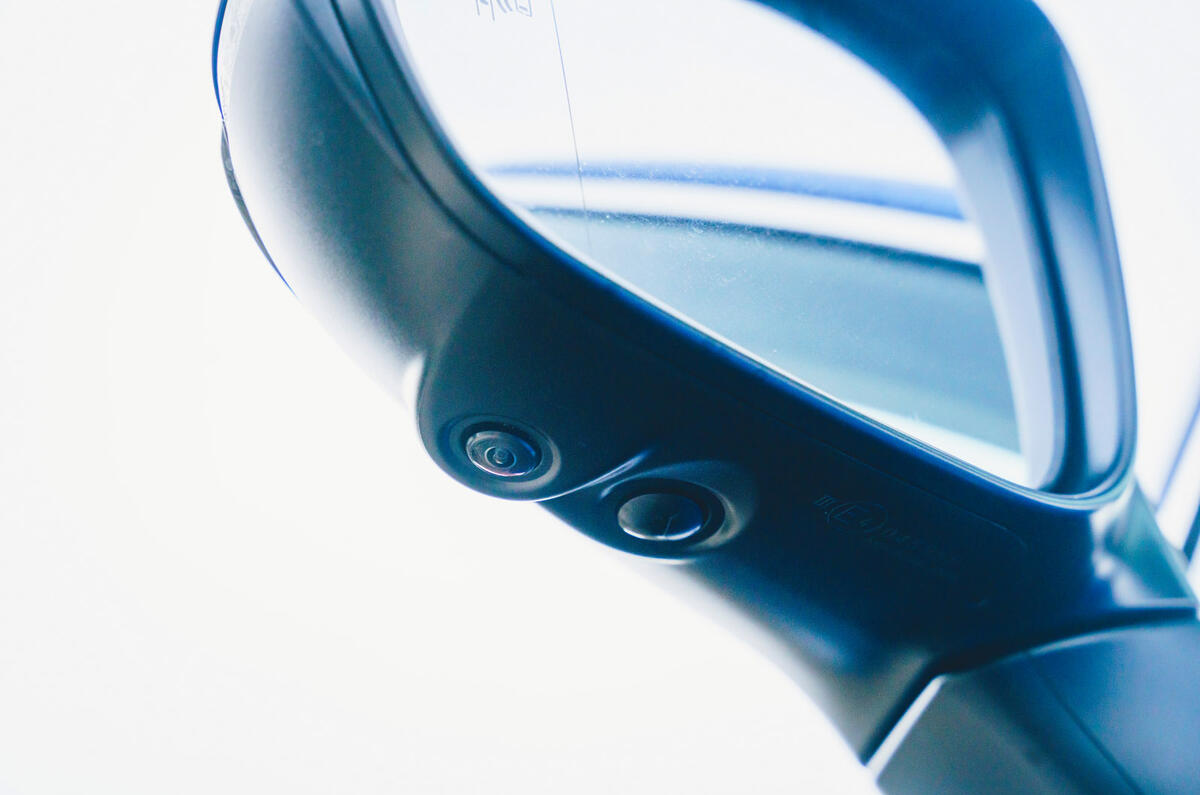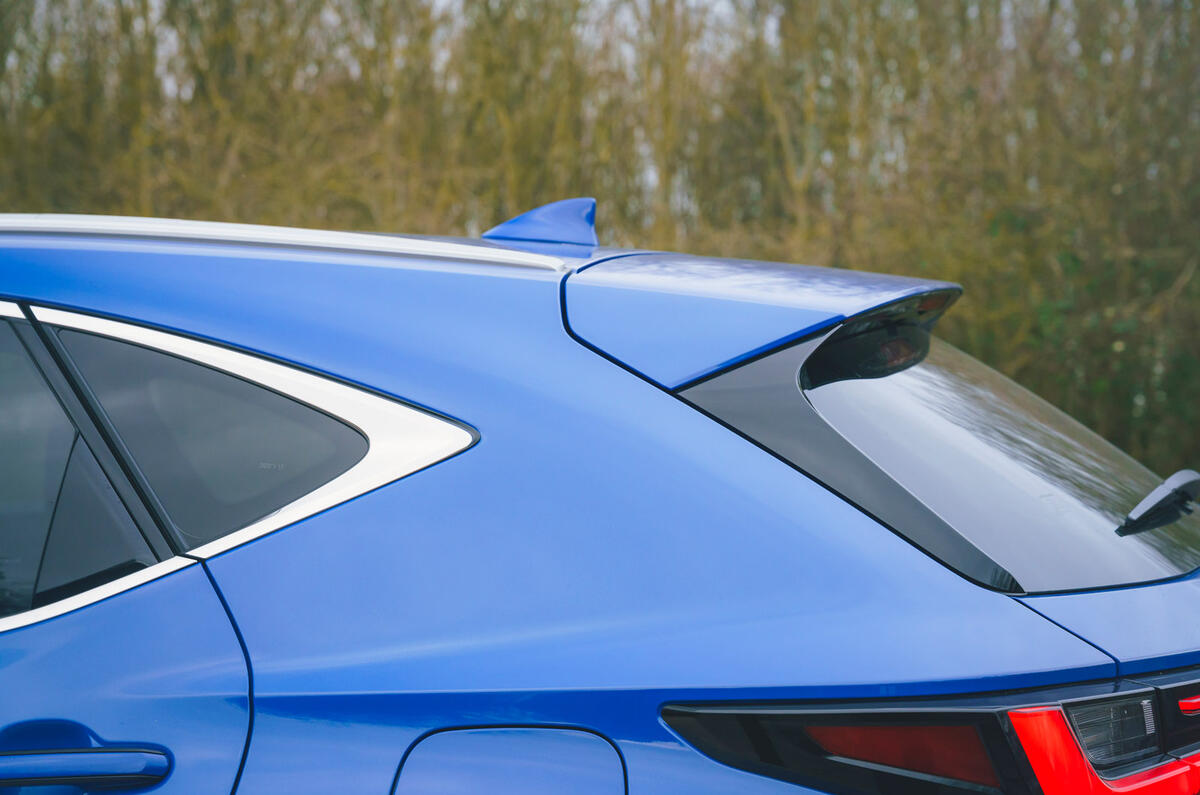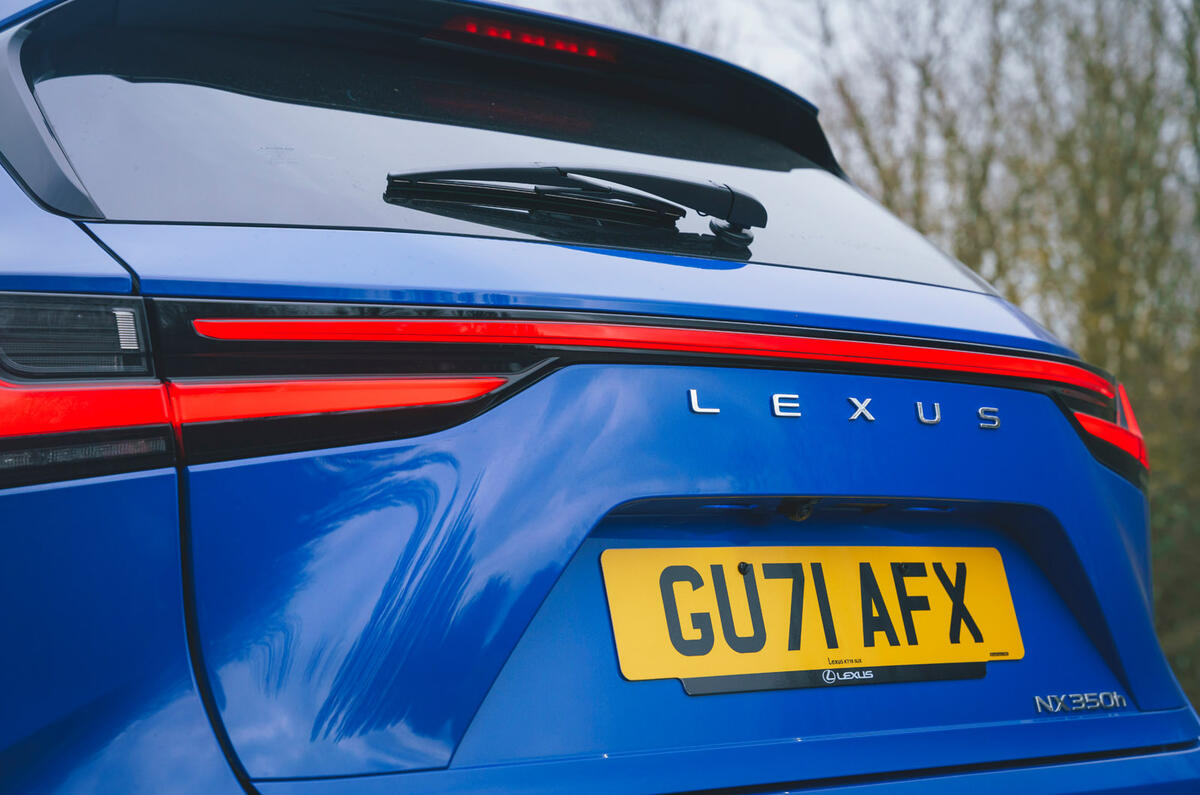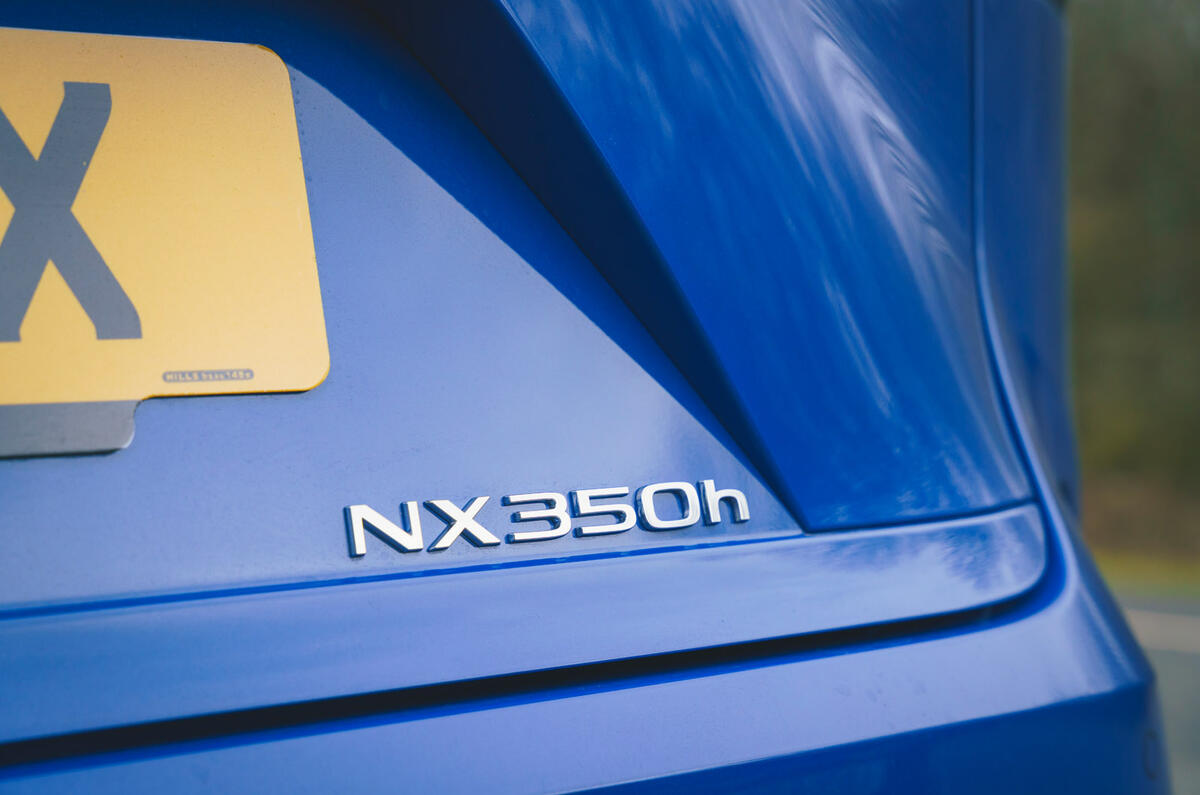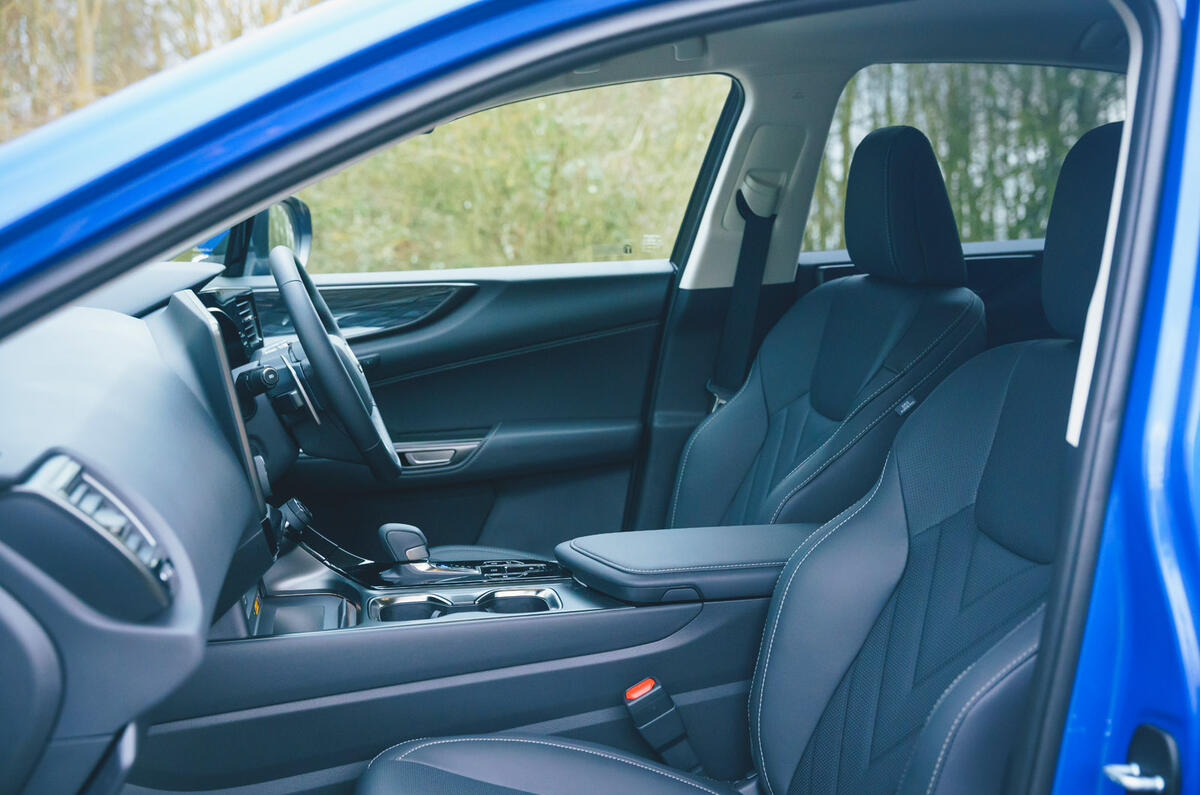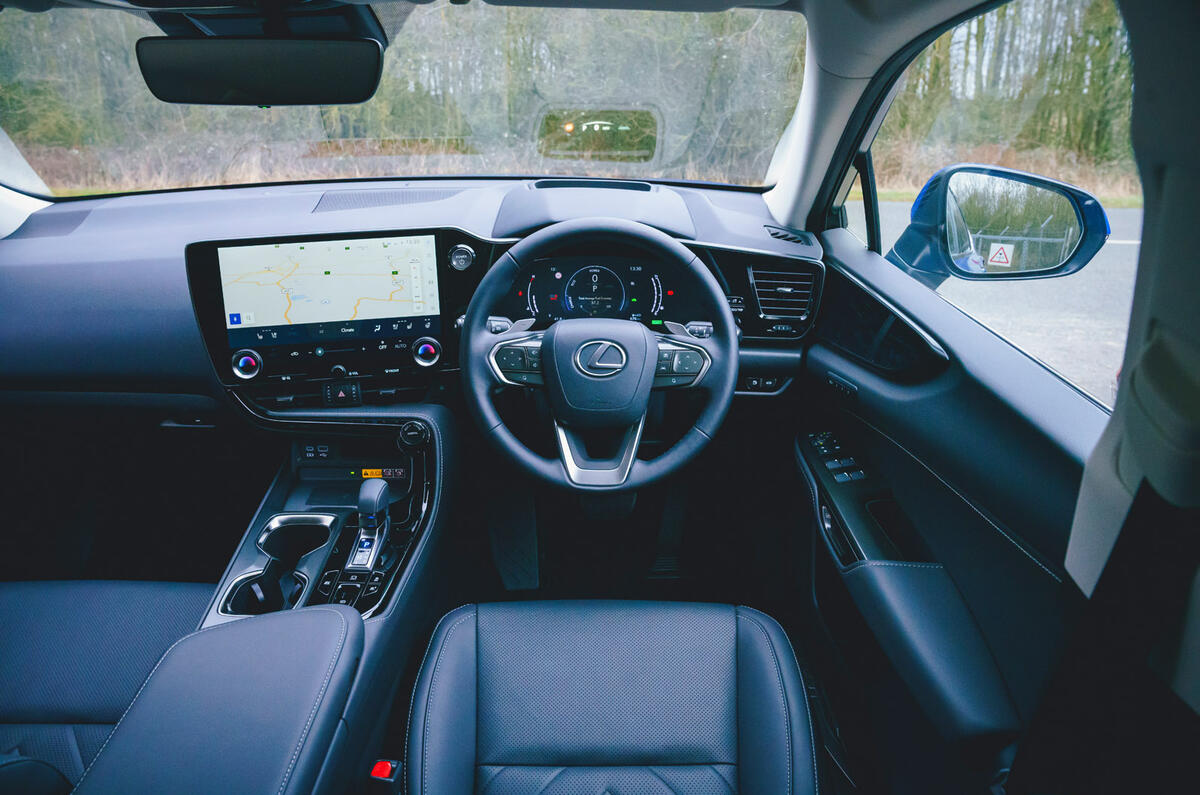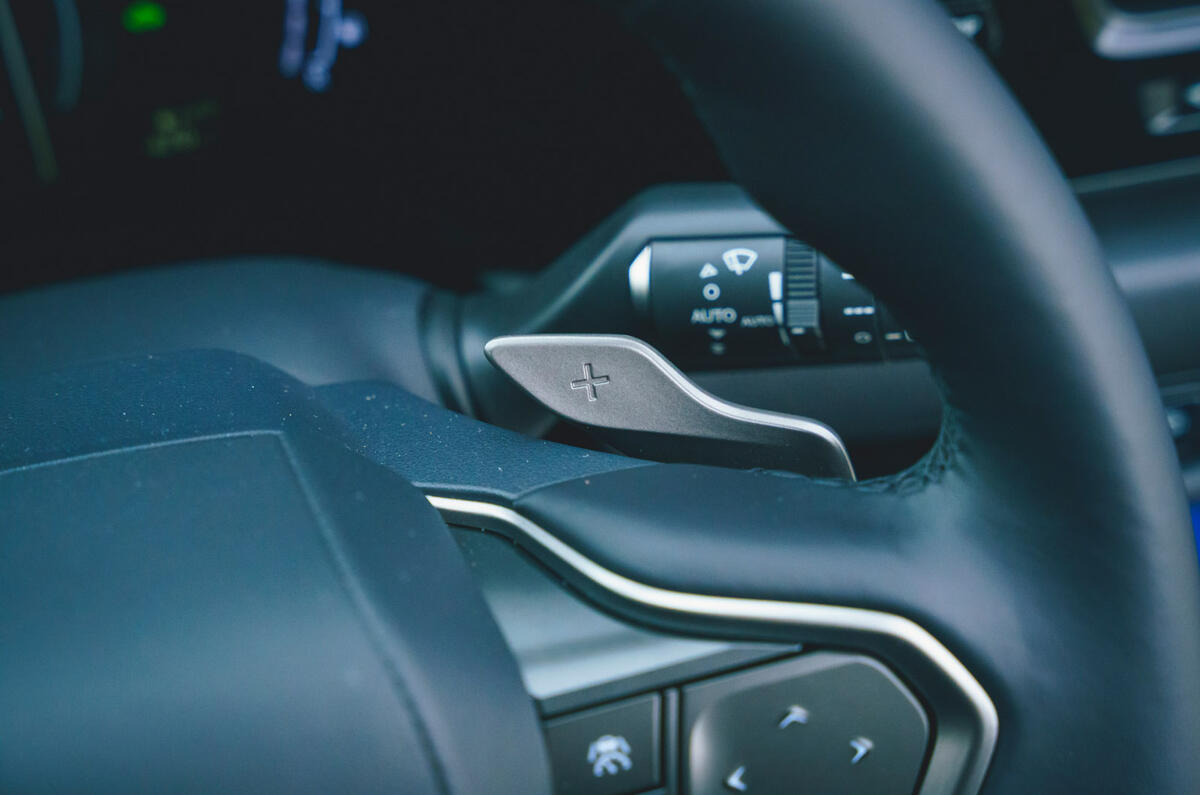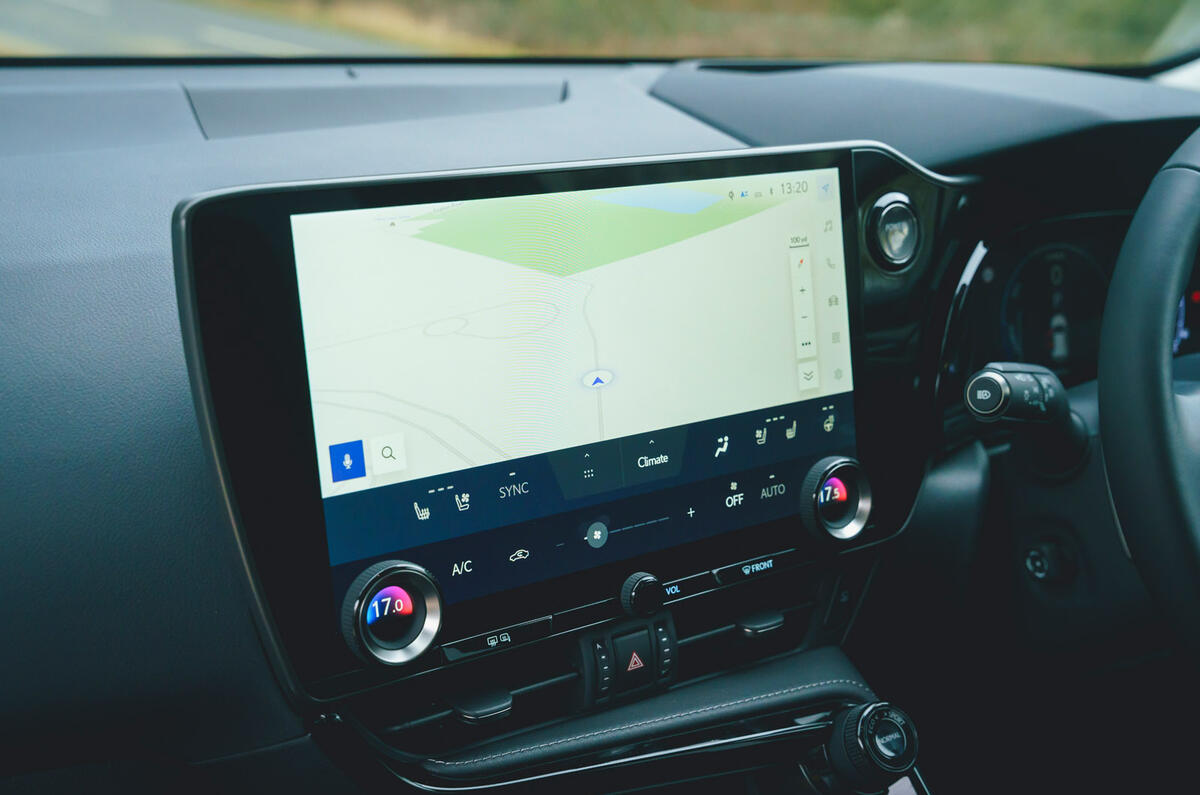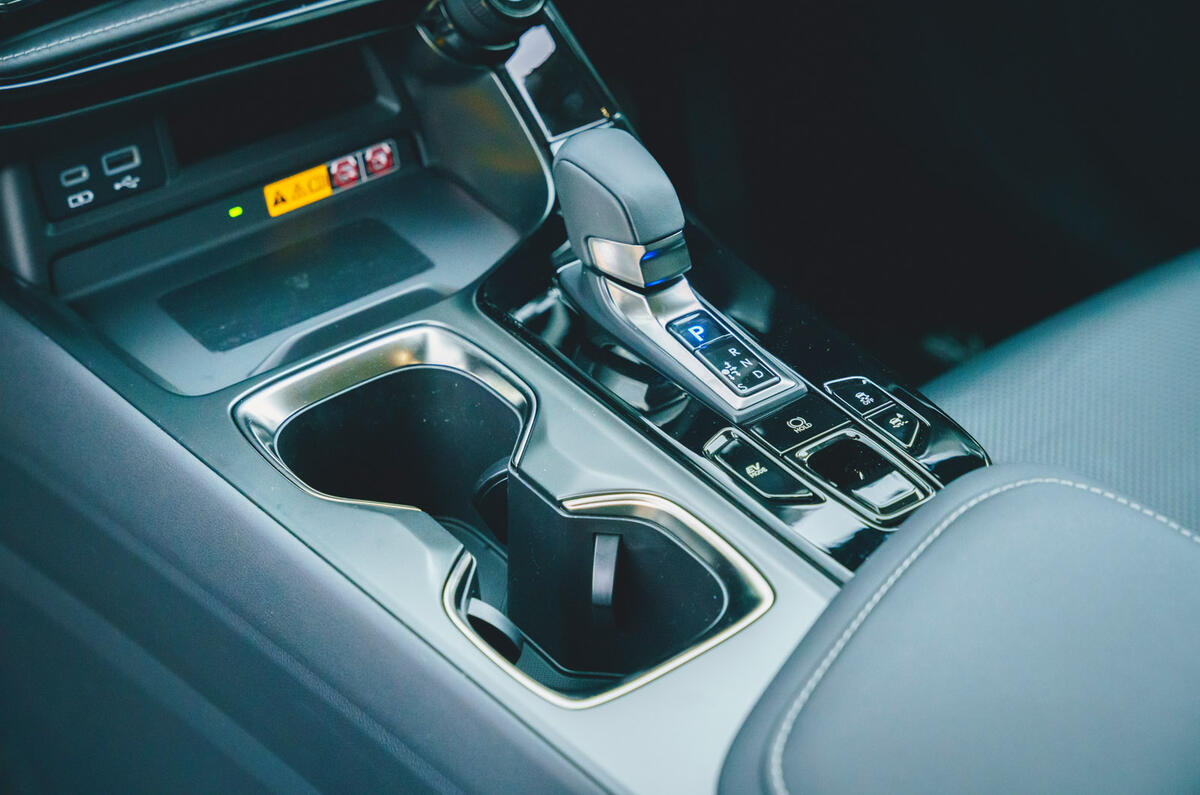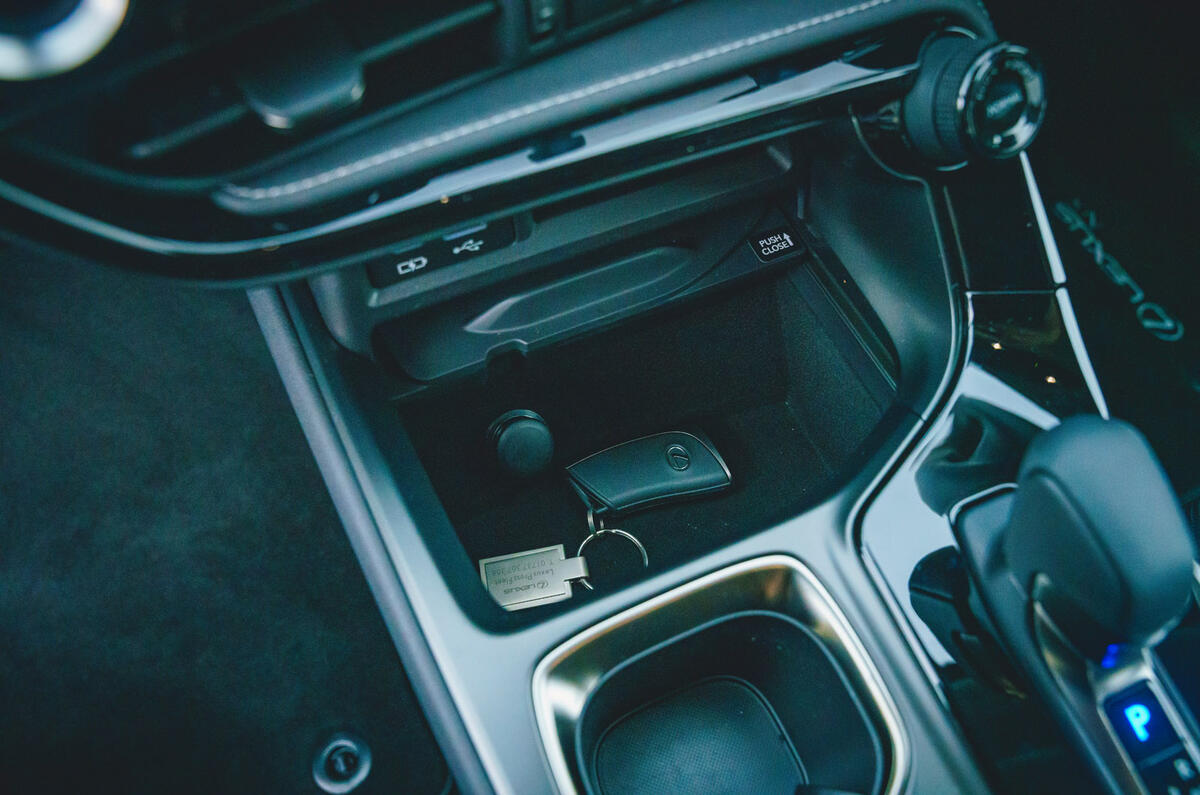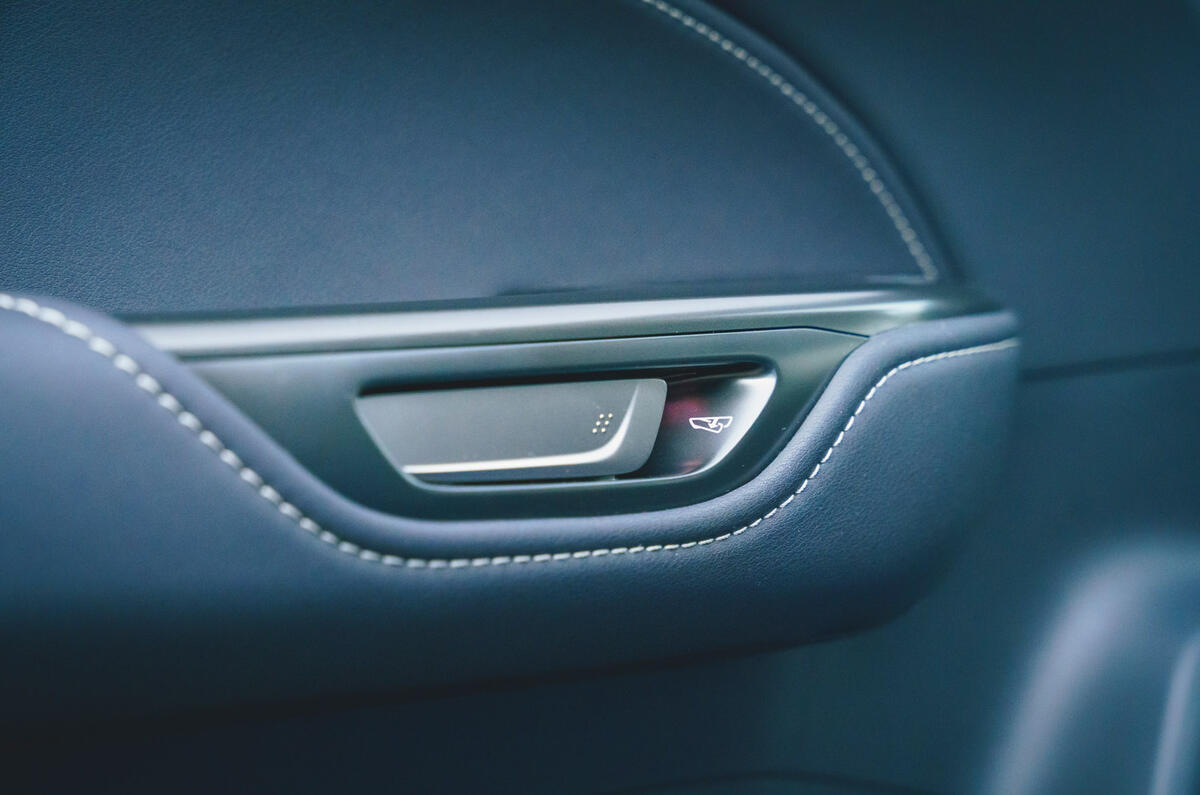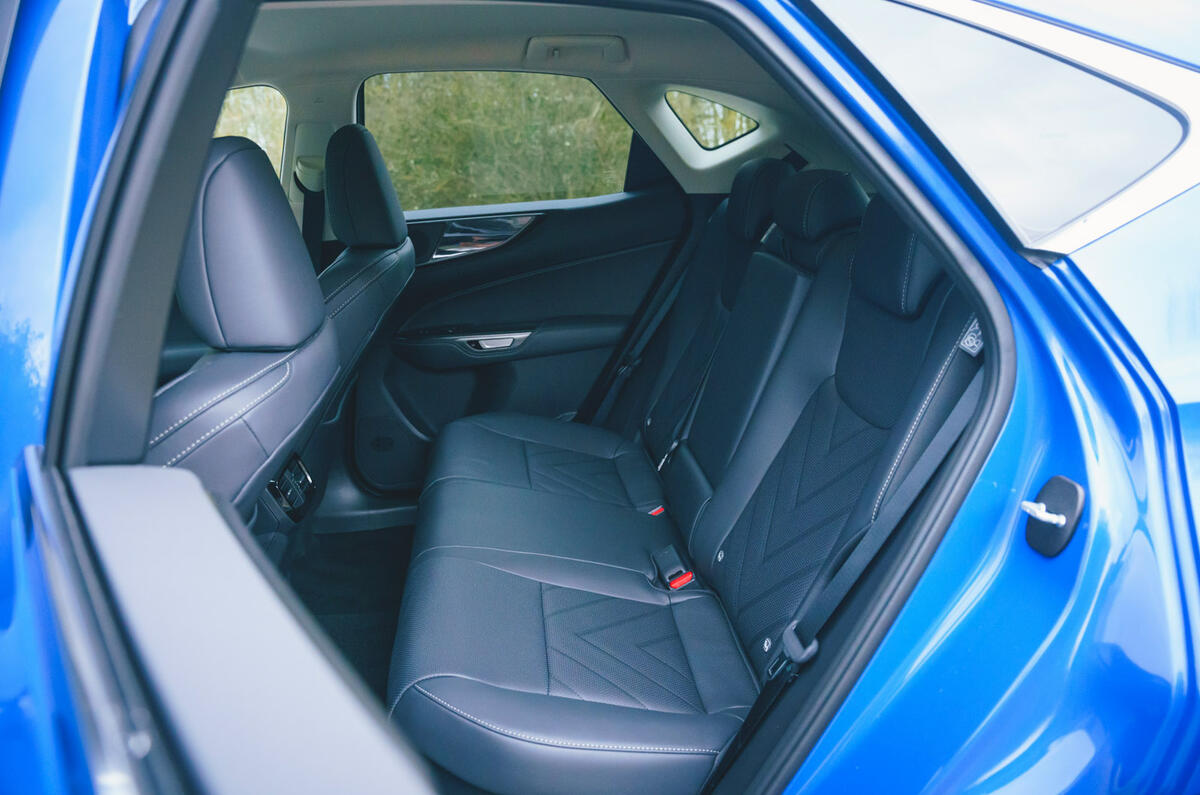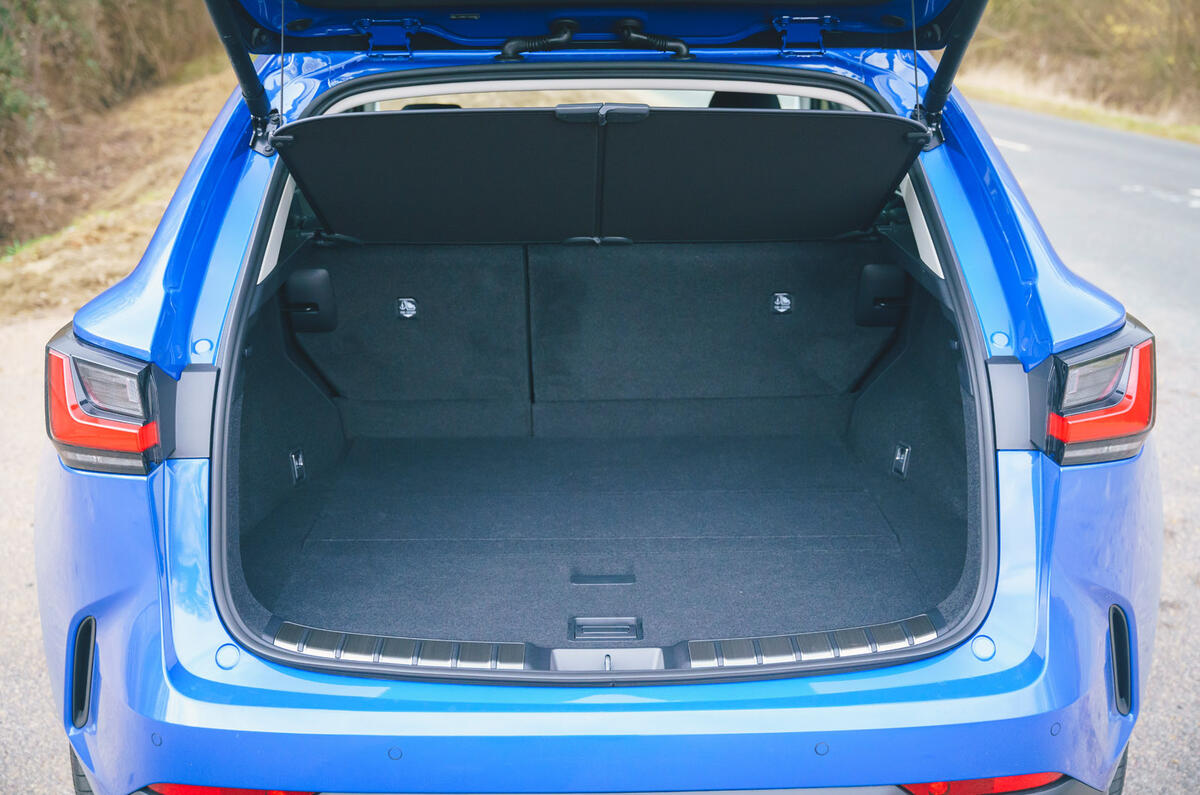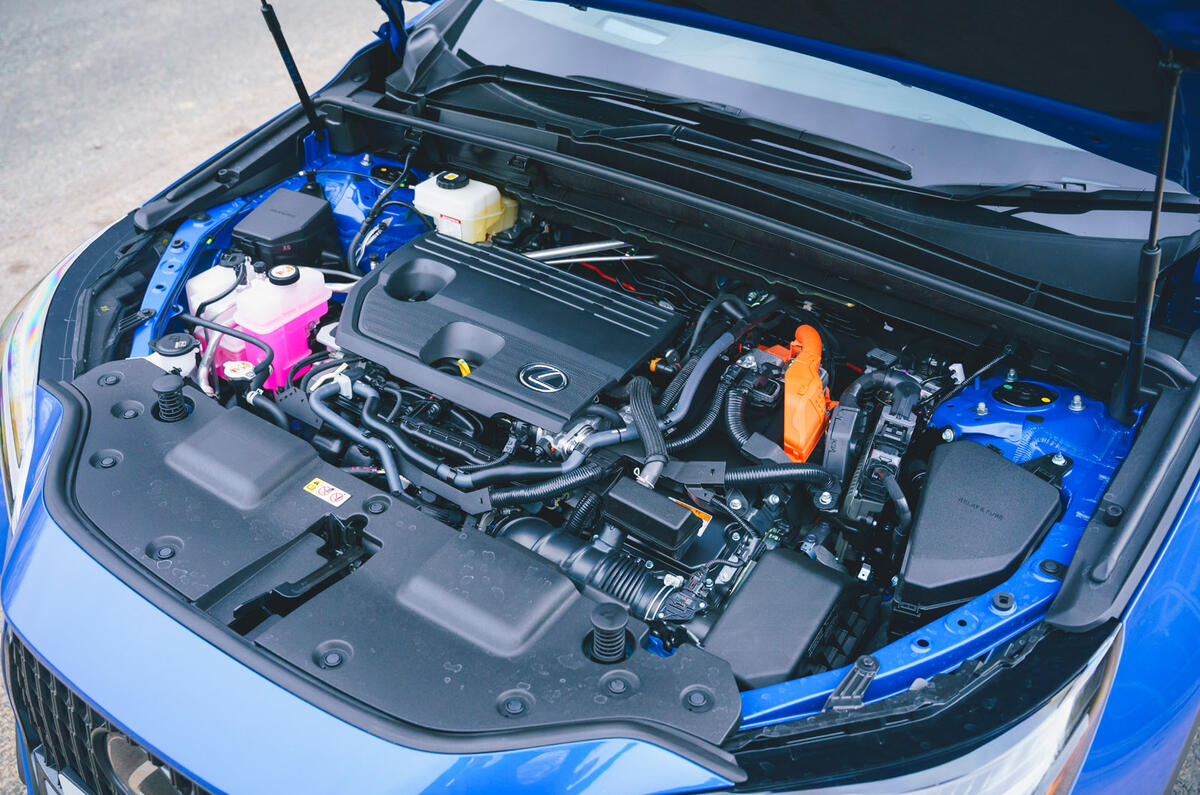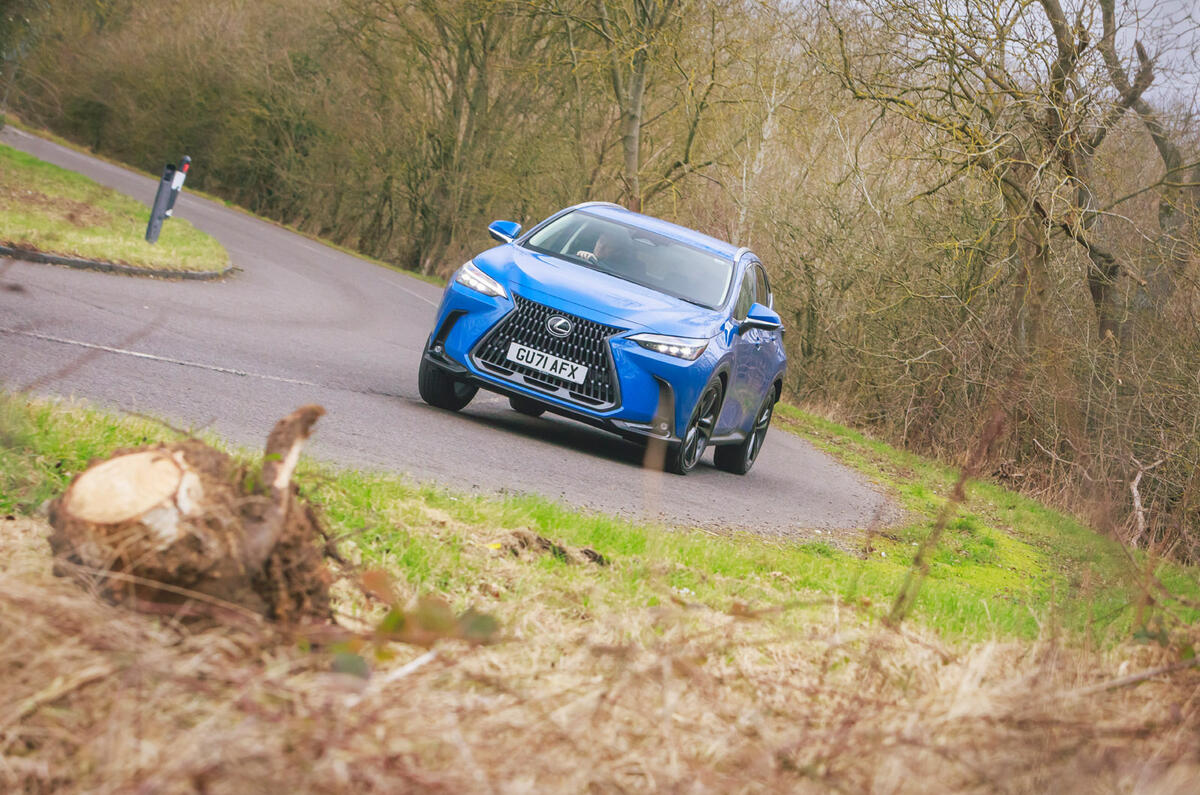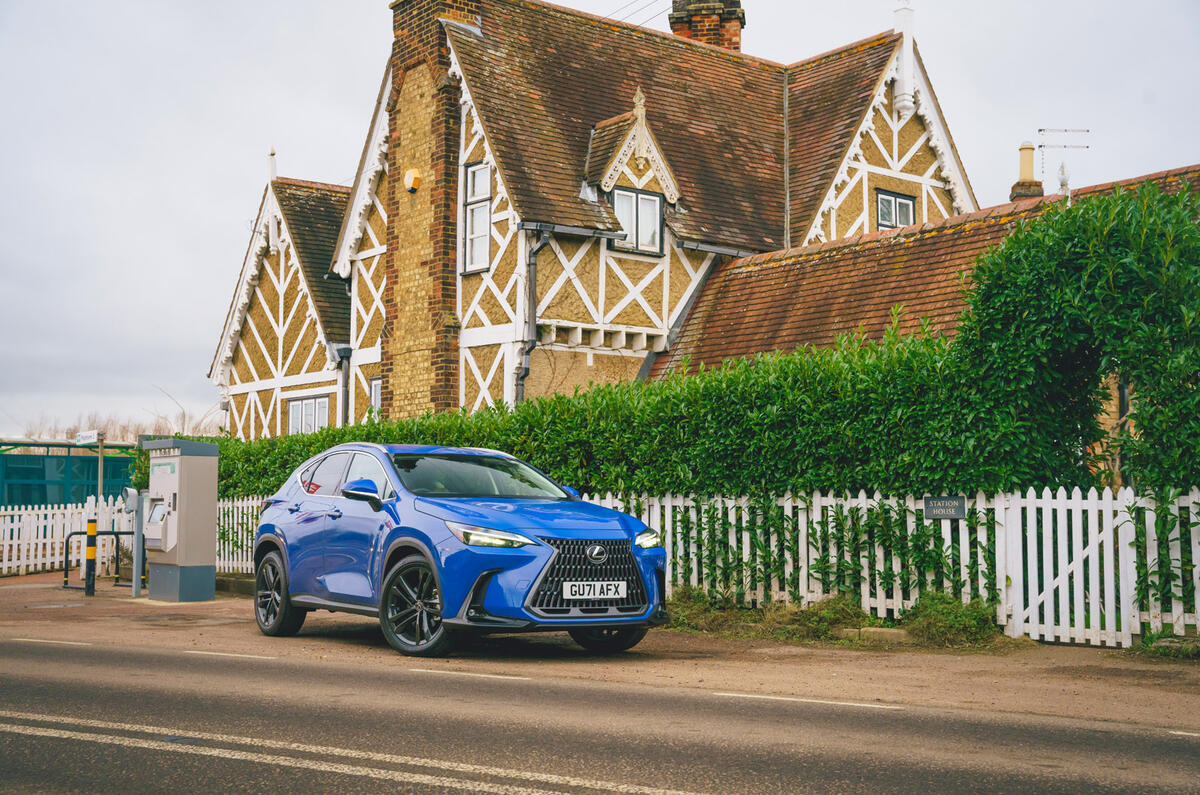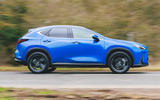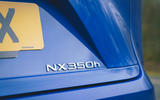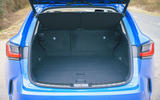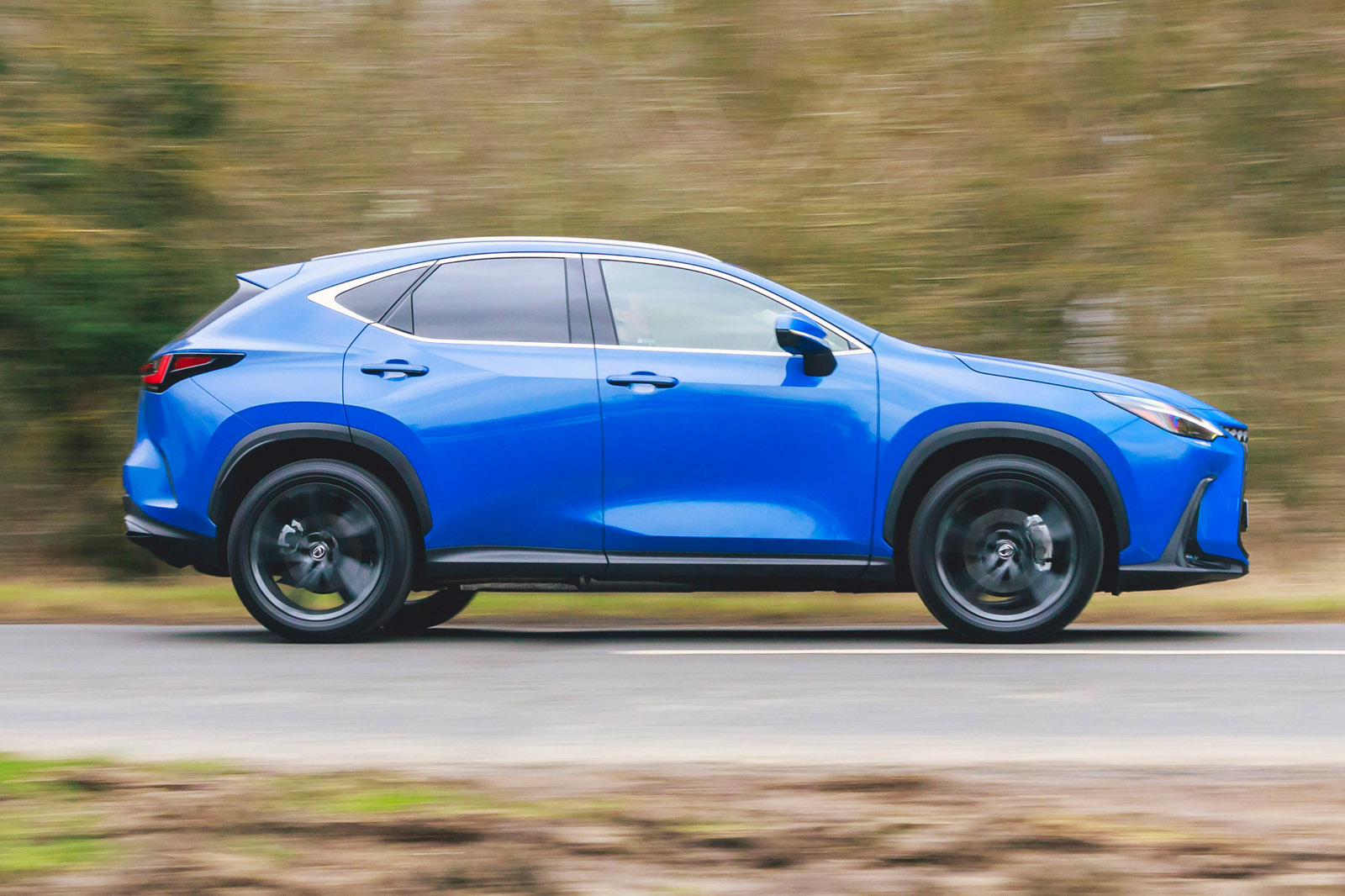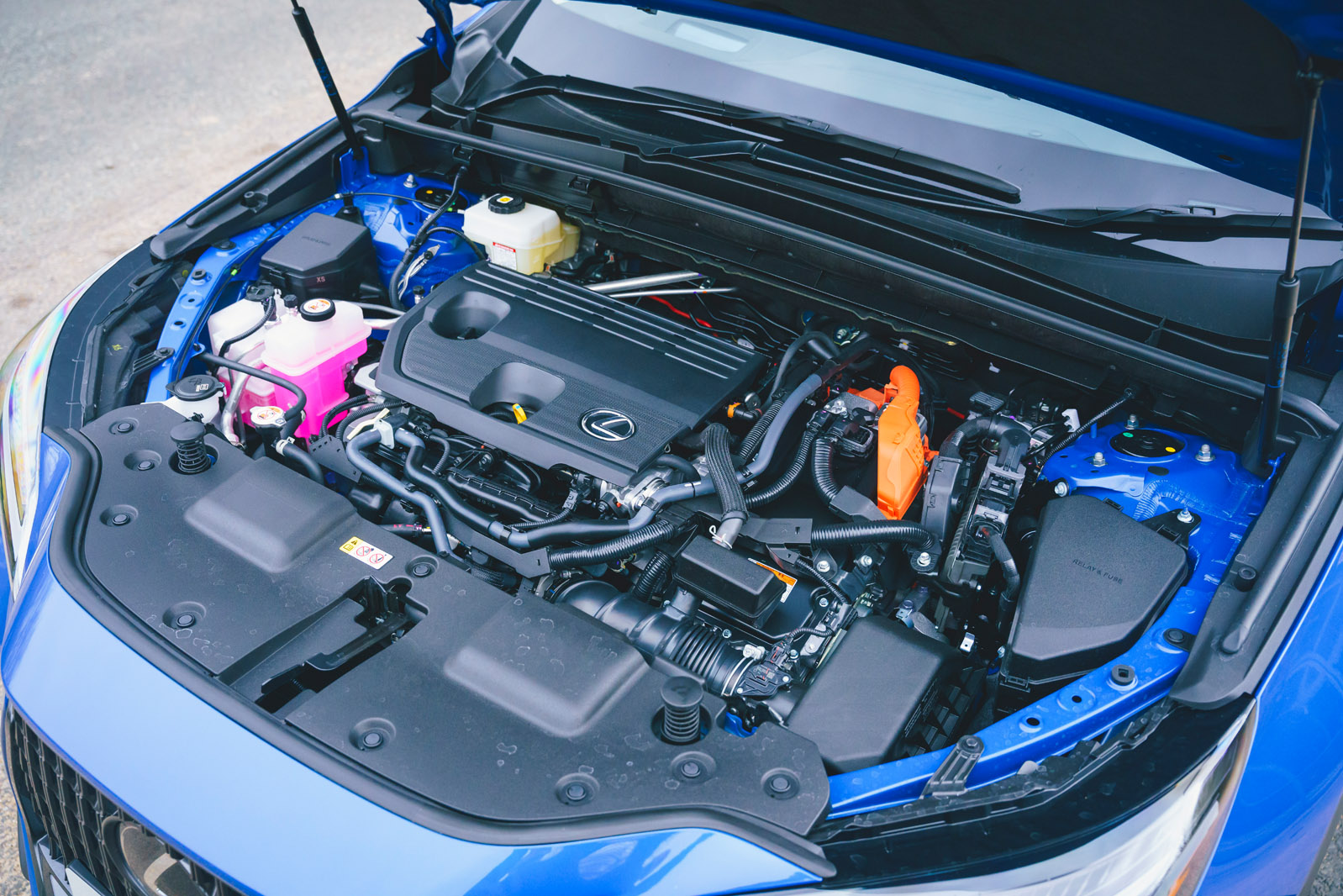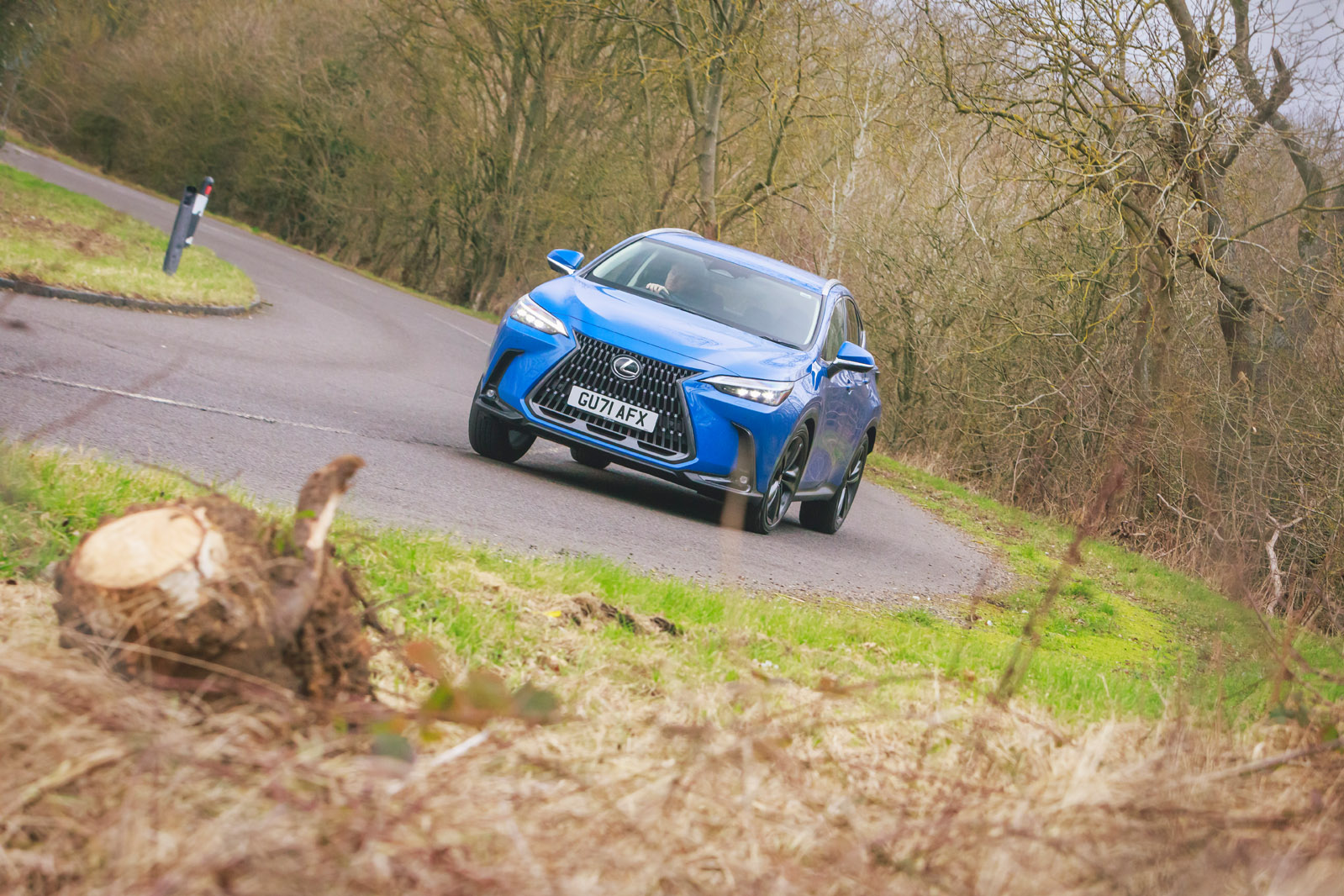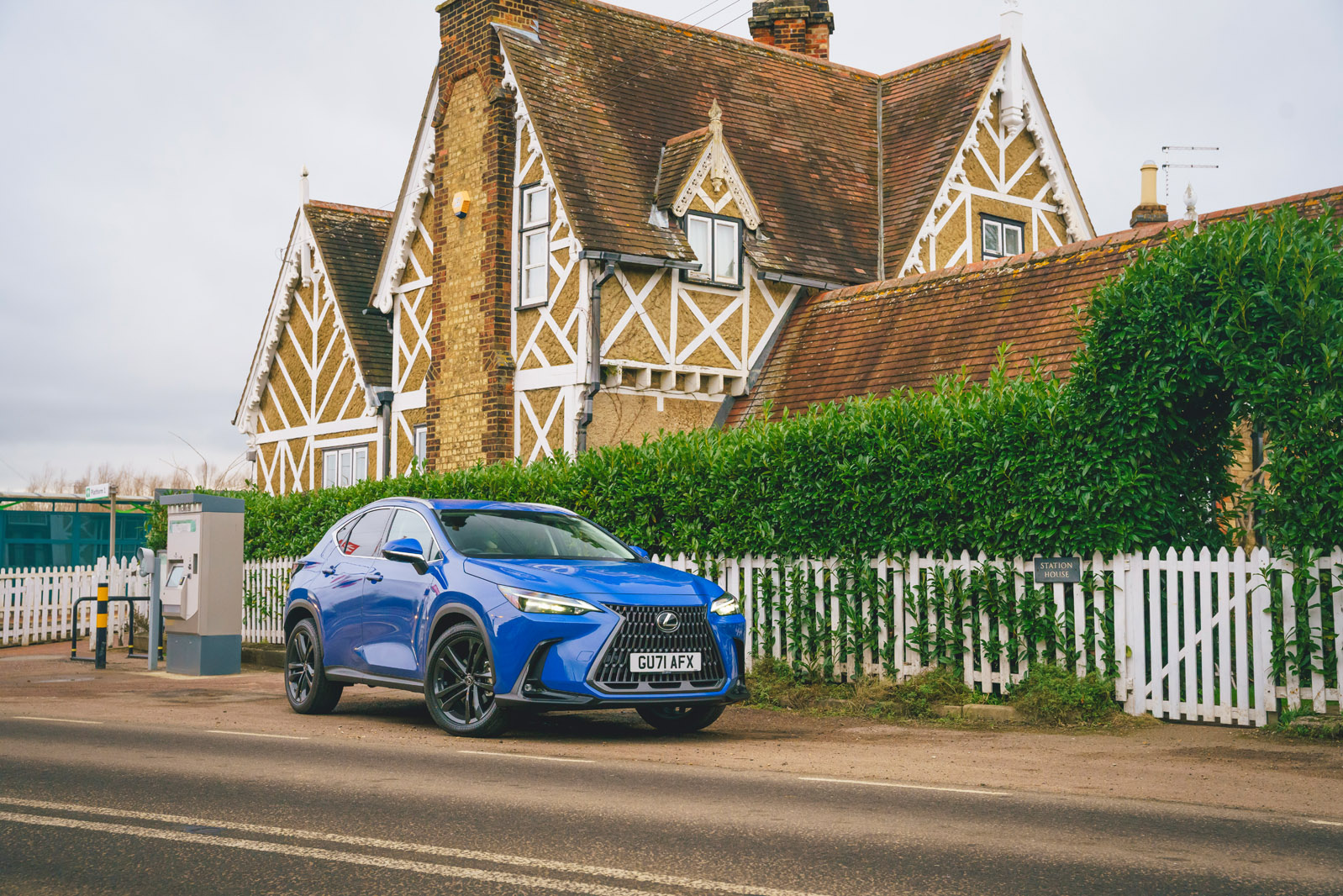The short-travel suspension also laps up fast A- and B-road driving without hesitation but does so without sacrificing comfort at speed, and this is arguably the car’s greatest strength. It’s possible to get the NX to the point where its wheel control can’t quite keep up with what the road is doing, but we would be very surprised if many owners arrive here with any regularity. Driven with reasonable commitment levels, the car’s confidence-inspiring controls and manner make progress easy, the NX being relatively impervious to float and uncomfortable amounts of body roll. As for traction, the 2.5-litre hybrid powertrain in our test car never threatened to give the tyres any trouble at all.
Track notes
In the main, the NX 350h proved impressively sure-footed on Millbrook’s daunting Hill Route. It develops good levels of grip, and through tighter turns you can really sense the rear motor coming into play and helping to rotate the car.
Key to the NX’s sense of safety and stability is its fine body control: heave, pitch and roll are curtailed earlier than you would expect in this kind of vehicle, and with a level of finesse that is usually reserved for out-and-out performance cars. It means the NX performs well, should you find yourself carrying more speed into a bend than you intended to, and the steering possesses a heft that feeds into the sense of stability.
Of course, the Hill Route also shows the hybrid powertrain at its revvy, uncouth worst. Under heavy loads, the NX 350h is neither as quick as its 241bhp promises, nor as refined as its brief suggests it should be.
Ride comfort and isolation
Sumptuous seats and above-average insulation from the blare of the outside world have long been Lexus hallmarks. However, during the decades that the brand has evolved from being a purveyor of stately left-field saloons to mainstream hatchbacks and SUVs, it hasn’t always hit those traditional high notes – so where does the new NX rate in this regard?
In short, it puts on an impressive show but doesn’t shade the latest Audi Q5 and probably also trails the BMW X3 in terms of outright refinement and comfort. And make no mistake: it’s those cars that Lexus will have wanted to topple with its rolling refinement. The car’s long-wave gait strikes a unique and fine blend of taut but supple control – similar to what you find in senior sports cars, in truth – that builds on the sophisticated cabin atmosphere.
However, on its 20in wheels, our test car laboured choppier low-speed routes in a manner that undermines the powertrain’s slicker moments, when the combustion element drops out entirely. Given the majority of these cars will be bought and used not as long-distance transport but as everyday family cars, this is a key chink in the NX’s armour. The car’s ability to simultaneously cosset and reassure while offering an expansive view of the road ahead and a general sense of capaciousness don’t make up for the inability of the chassis to deftly quell the effects of rawer road surfaces before they bubble up into the cabin.
Acoustically, the NX is again good but unexceptional. When running for short bursts in EV mode, it is unsurprisingly extremely quiet; but if the car’s battery is running low on charge, the engine will fire up, and if it does so while, say, you’re sitting at traffic lights, the effect is particularly uncouth. Isolation from wind and road noise while cruising is fine; it sat between the Kia EV6 and Nissan Qashqai, according to our dBA data.


